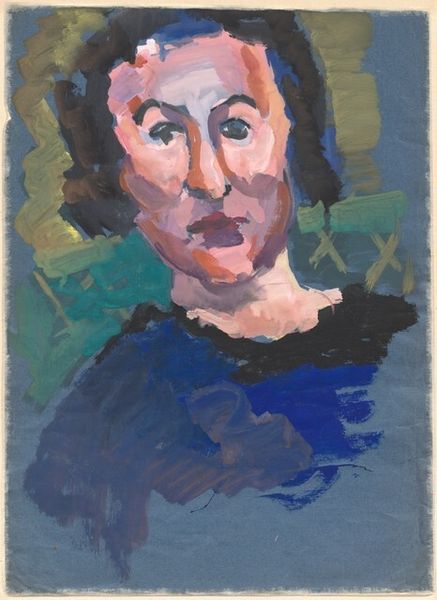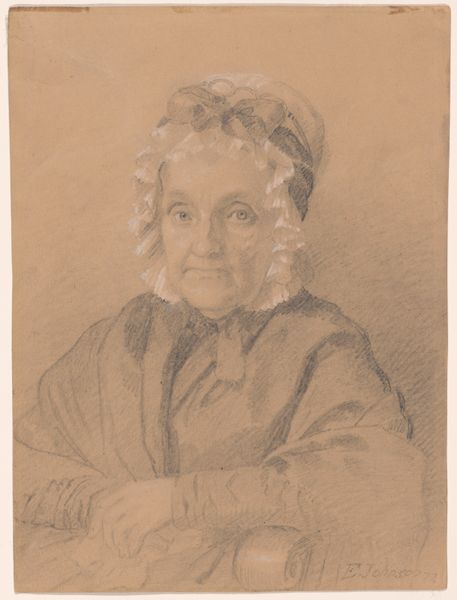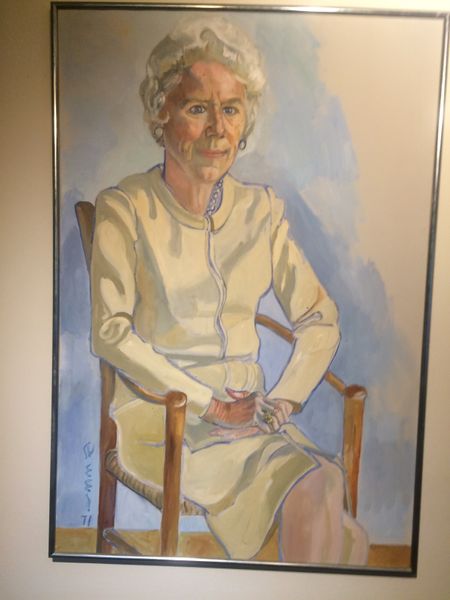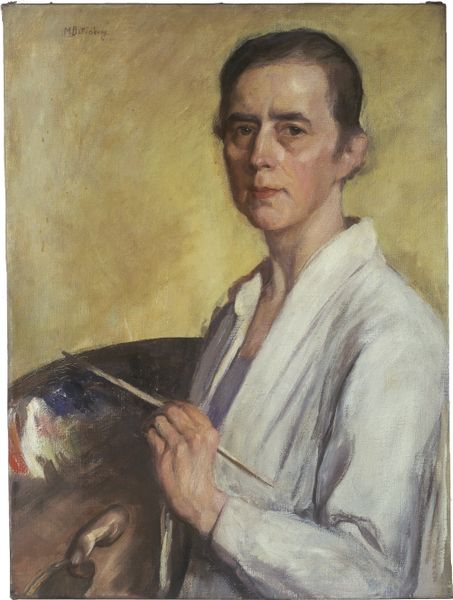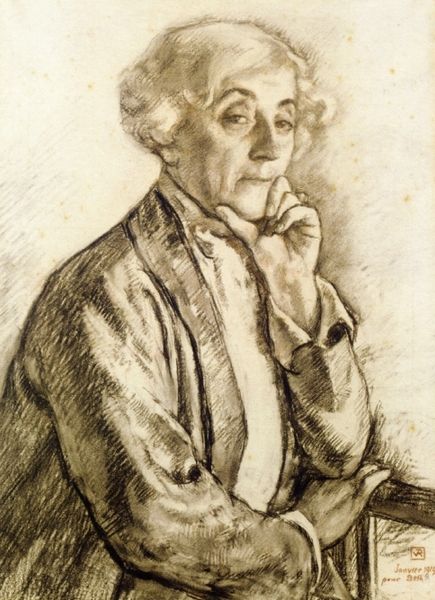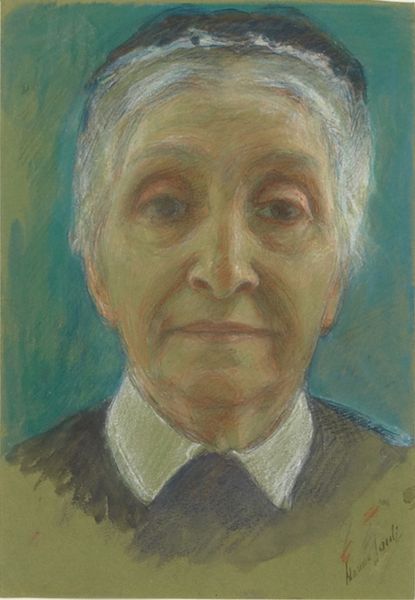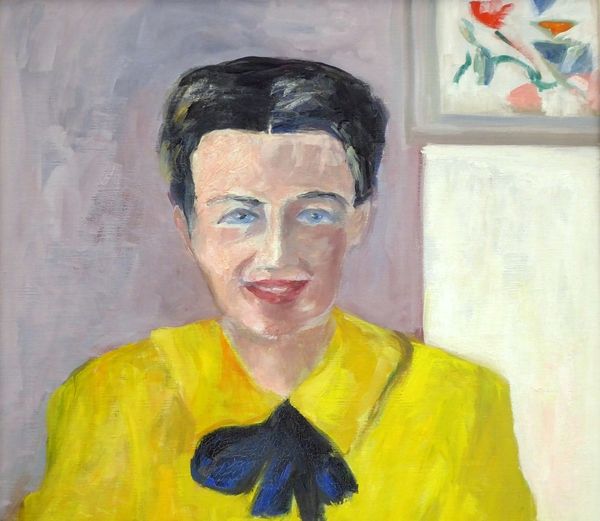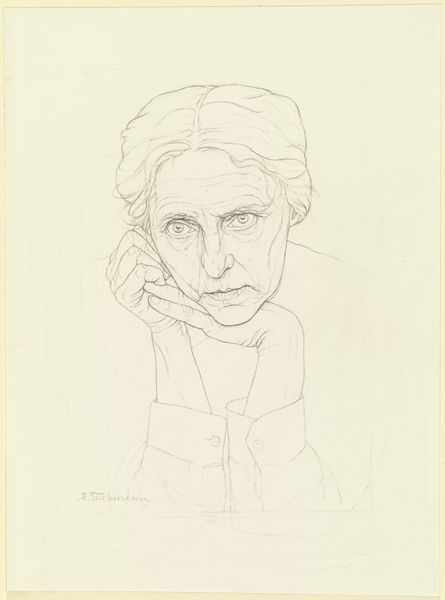
drawing, coloured-pencil, pencil
portrait
drawing
coloured-pencil
oil painting
pencil
portrait art
realism
Curator: Aydin Aghdashloo's 1981 drawing, "Memories of Destruction, Portrait of My Mother," combines colored and standard pencils. What strikes you first about it? Editor: An intense melancholia. The muted portrait set against the vibrant vase feels like a visual representation of memory—the past fading, yet the present retaining pockets of brilliance. Curator: That's a sensitive reading. Looking at it formally, the portrait does appear almost ethereal, faded, in contrast with the vase’s hyper-real, sharply defined ornamentation. There's a duality embedded in its composition, an interaction between personal memory and cultural object. Editor: It’s intriguing. The portrait, rendered so softly, almost disappears into the background. Yet, the vibrant blue vase with those striking floral and arabesque patterns commands our attention, symbolizing perhaps enduring beauty amidst personal loss? Curator: Precisely. Notice how Aghdashloo contrasts the delicate, almost imperceptible lines defining the mother's face with the bold outlines of the vase. This isn't just a still life with a portrait; it’s a layered narrative. It’s tempting to see it as a visual poem about aging, memory, and cultural resilience. Editor: It does prompt consideration about time, and the enduring value we place in material objects—heirlooms, in particular. I imagine the artist wanted to highlight how some cultural objects are laden with immense sentimental and even spiritual weight, like relics containing the memory of lives and entire eras. Curator: That chimes well with Aghdashloo's recurring "Memories of Destruction" theme—fragments surviving through art. He used this concept to engage both his identity and socio-political reality of a turbulent Iran. In that light, it is especially insightful. Editor: The drawing achieves a fragile beauty. A meditation on impermanence, yes, but also on what remains, what we choose to remember and elevate to the level of art. The vase, therefore, it's not just an object, it’s the keystone. Curator: A touching memorial to the artist's mother and to the persistent beauty that endures even within histories marked by destruction. A fitting way to remember.
Comments
No comments
Be the first to comment and join the conversation on the ultimate creative platform.

